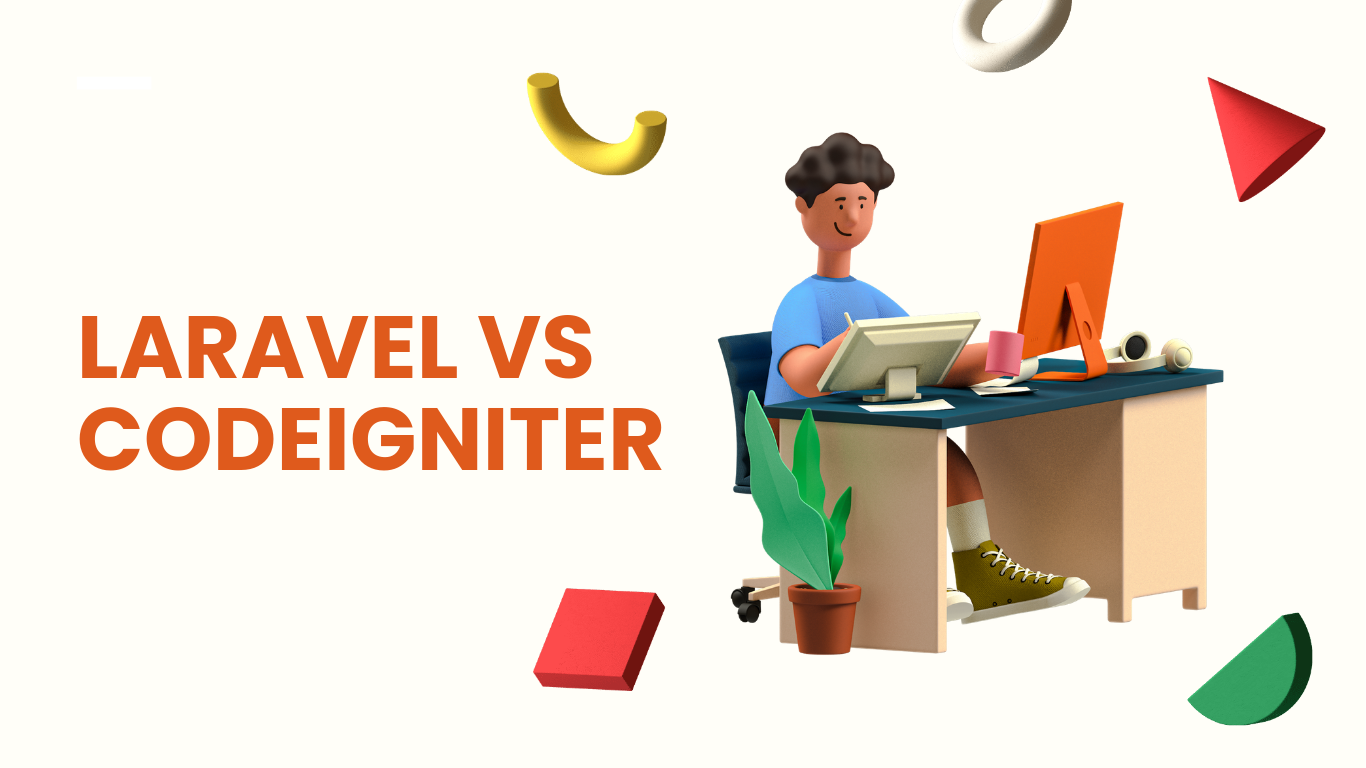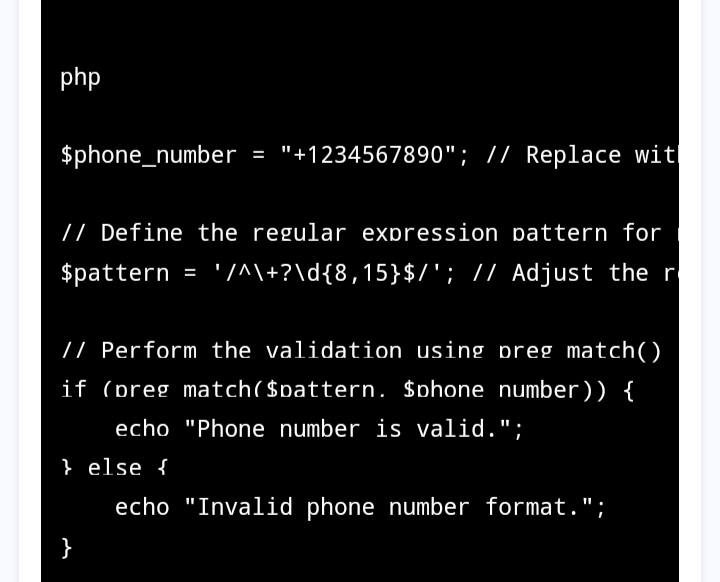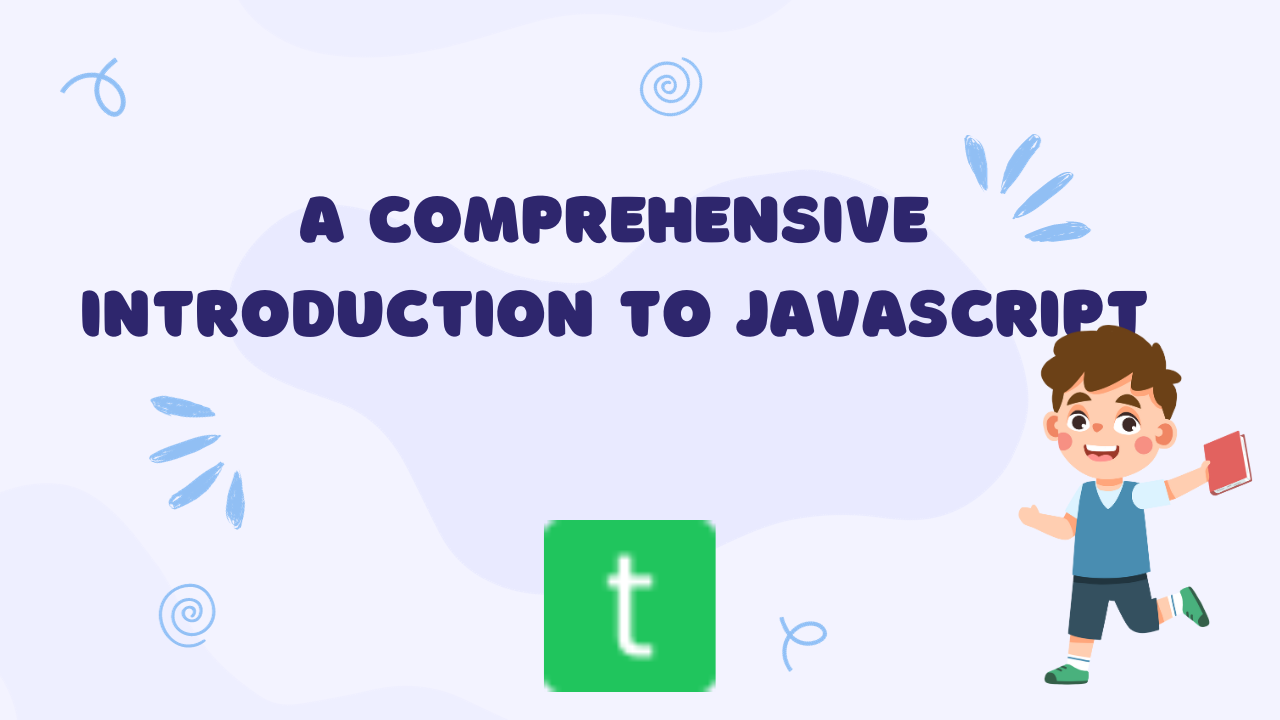Laravel vs CodeIgniter: How to Choose the Best PHP Framework
As a PHP developer, sooner or later you have to pick a framework for rapidly building web applications without reinventing the wheel. In recent years, Laravel and CodeIgniter have emerged as two popular open-source options endorsed by expert developers.
However, both frameworks have evolved quite distinctly targeting slightly different use cases. So how do you decide whether breezy Laravel or lightweight CodeIgniter best fits your next PHP project?
In this comprehensive comparative guide, we evaluate Laravel vs CodeIgniter across critical parameters to highlight strengths suiting specific needs. Let’s analyze this framework face-off!
Brief History
First, a quick history detailing their origins helps appreciate the initial targets:
Laravel - Created in 2011 by Taylor Otwell to advance with PHP 5 adopting MVC patterns providing expressive elegant syntax inspired by frameworks like Ruby on Rails.
CodeIgniter - Started in 2006 at EllisLab by Rick Ellis to support legacy PHP 4 systems with a small footprint MVC framework minimzing learning for beginners.
Laravel entered targeting modern PHP apps aligned with conventions seen in advanced frameworks of the era like Symfony. CodeIgniter took the retrofit path retaining familiar coding comfort for developers new to paradigm shifts.
With backgrounds covered, let’s start examining them head-to-head.
Technical Architectures
Under the hood architecture reveals a lot how the frameworks expect applications to be structured:
Components and Modules
Laravel extensively uses Composer packages and custom code modules for wiring application logic maintaining separation of concerns. CodeIgniter takes a simpler approach bundling most features out-of-the-box within an integrated system. This prevents plugging in additional community capabilities easily though.
Request and Response Flows
Laravel standardizes application flows across Model-View-Controller abstractions allowing customizing pipelines. CodeIgniter uses the Front Controller pattern with a unified application and system bootstrap minimizing complex routing logic traditionally.
Templating Support
Laravel Blade provides shortcode power and inheritance capabilities for crafting layouts and UI components cleanly. CodeIgniter exposes simple API-based templating without advanced nesting or splits.
In a nutshell, Laravel goes for delliberately decoupled architectures whereas CodeIgniter prefers bundling commonly desired parts together for convention over configuration. This changes dramatically though when comparing features next.
Framework Features
Laravel shines bright when it comes to immense capabilities supplied out-of-the-box where CodeIgniter takes a scaled down approach:
Core Components
Laravel bundles routing, caching, queueing, logging and templating capabilities configurable to needs. CodeIgniter offers barebones implementations expecting custom wiring.
Database and ORM
Laravel pairs beautifully with Eloquent ORM simplifying entities and relations. CodeIgniter provides raw query and active record patterns needing hand-written SQL or external packages.
Authentication and Authorization
Laravel Auth components coupled with Gates/Policies furnish user identity and access control systems easily. CodeIgniter lacks first-class security support expecting integration efforts.
Frontend Integrations
Laravel Mix streamlines incorporating JavaScript-based frontend stacks like React, Vue elegantly. CodeIgniter expects loose coupling UI layers independently.
As evidenced, Laravel goes the extra mile providing wraparound features critical for fulfilling modern web development demands. CodeIgniter leaves that to the developer filling instead of dictating requirements.
Ease of Use
An ideal framework must also reduce accidental complexities letting builders focus on business logic. How easy is it master each?
Learning Curve
Laravel’s consistent conventions, intuitiveness and exhaustive documentation allows developers to quickly gain traction. CodeIgniter’s dated syntax may appear confusing for PHP newcomers familiar with languages like JavaScript or Python.
Configuration Needs
Laravel requires moderately higher configuration wiring together layers being componentized by design. CodeIgniter reduces bootstrapping needs with integrated components and minimal mandatory settings.
Rapid Prototyping Abilities
Laravel out of the box tools like authentication scaffolds, artisan commands help swiftly kickstarting ideas with minimal effort. CodeIgniter forces writing a lot more custom code just to reach basic viable stages.
Clearly from ramping up perspective, Laravel simplifies modern development practices through curated conventions and tooling assisting growth. CodeIgniter minimalism while fast initially slows down real-world projects.
Performance Considerations
Speed optimizations remain crucial for supporting high traffic loads. Which framework delivers faster?
Laravel Lazy loading, compiled caching, query optimizations require fine tuning but allow creating slick applications. CodeIgniter’s lightweight execution may appear more responsive out of the box losing steam at scale with basic database capabilities and manual optimizations needs.
Laravel's componentization uses more memory with additional wiring trades compared to CodeIgniter’s tight-integration at the cost of flexibility. Horses for courses!
Community Backing
Given open source tooling relies heavily on collaborative support, community traction becomes paramount for sustainability:
Packages and Tools
Laravel’s popularity has seen exponential growth in Composer packages, helper tools, ready modules allowing tapping collective knowledge easily. CodeIgniter lacks similar momentum resulting in quite limited addons.
Questions and Expertise
Consequently, developer communities and dedicated expertise around Laravel far outweighs CodeIgniter where original creators have also moved on to other initiatives. Resources index favors Laravel heavily.
This snowball effect means Laravel updates keep getting better while CodeIgniter remains version locked lacking peer improvements.
Which Framework is Right For You?
Finally, we come to framework selection for your next web application given specific demands:
Laravel suits rapidly evolving teams desiring structured, scalable app foundations with modern PHP capabilities willing to tradeoff some learning investment.
CodeIgniter benefits solo developers/small teams seeking no-frills setup for lightweight apps not expecting significant complexities down the road.
For all other scenarios, Laravel provides the perfect balance of maintainable code and ample capabilities to build serious PHP applications. The huge community also assures you are never alone when stuck!
Conclusion
In summation, we discovered:
✅ Laravel follows well-architected design principles expected from seasoned developers
✅ CodeIgniter appeal lies minimalism retaining PHP basics
✅ Feature-richness, scalability, community back Laravel adoption
✅ CodeIgniter shines where simplicity and legacy matters
Hopefully matched against your unique requirements helps determine the ideal framework choice saving weeks of rework. Share your thoughts and framework experiences powering PHP apps! The amazing capabilities keeping growing each year.





